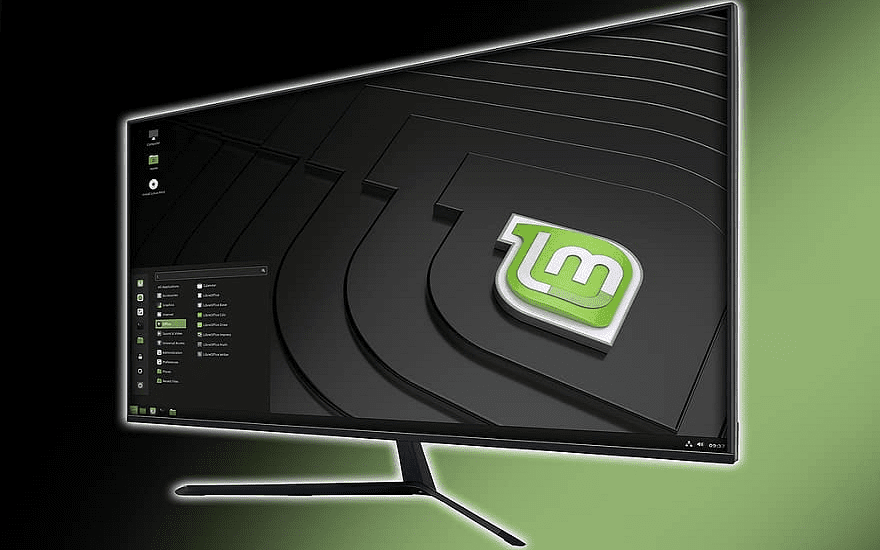Linux Mint comes with a set of built-in functions, there are, however, a number of ways to expand that functionality. The most obvious way to add more features to an operating system is to install more software, however, Linux Mint has a few sets of tools that you can install too: desklets, applets, and extensions.
Desklets are small tools that show up on your desktop, providing extra information such as a weather feed. Applets are similar but they are placed in the bottom bar of the screen rather than on the desktop. Extensions change the overall behaviour of Linux Mint and are generally somewhat minor graphical changes. To add an extension, press the Super key, then type “Extensions” and hit enter.
Tip: The “Super” key is the name that many Linux distributions use to refer to the Windows key or the Apple “Command” key, while avoiding any risk of trademark issues.

Once you’re in the extensions window, switch to the “Download” tab as you don’t have any currently installed extensions to configure. From the “Download” tab, search through the list of available extensions to see which ones you want to install.
If you can see a notification at the top that “Your cache is out of date”, you should click “Yes” to update the list of extensions to the latest version. If you want to manually check that you have the latest versions, even if you don’t see the warning, click the “Refresh” icon in the bottom-right corner.
You can see more information about an extension by selecting it, then clicking the lightbulb icon in the bottom-left, labelled “More info”. When you know you want to use an extension, click the relevant download button to install it.

Once you’ve installed one or more extensions, switch back to the “Manage” tab. To enable an installed extension, select it, then click the “Add” button in the bottom-left. Most extensions will have a set of options that you can configure by clicking on the respective cogwheel icon on the right-hand side. You can only configure the options for an extension once it is active.


